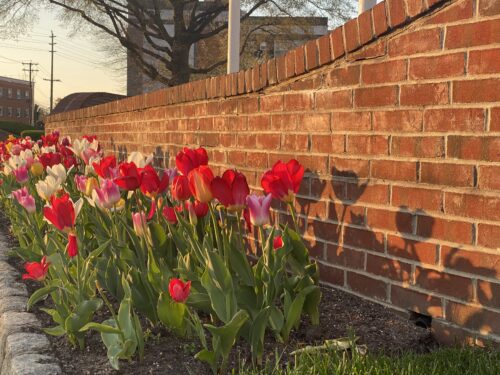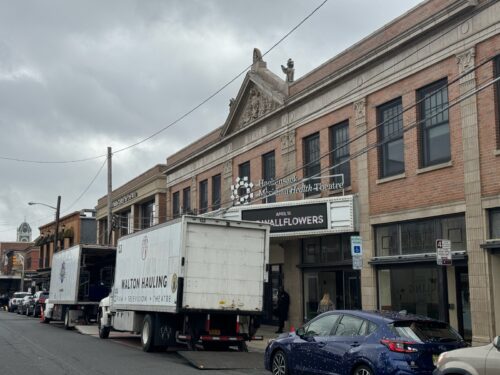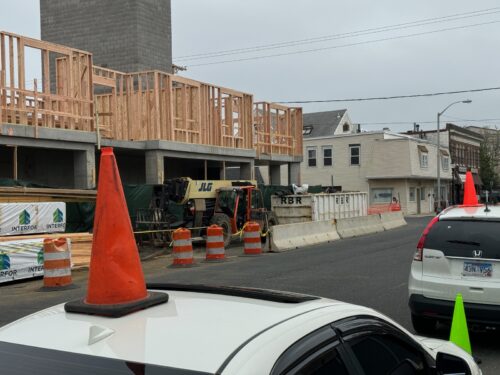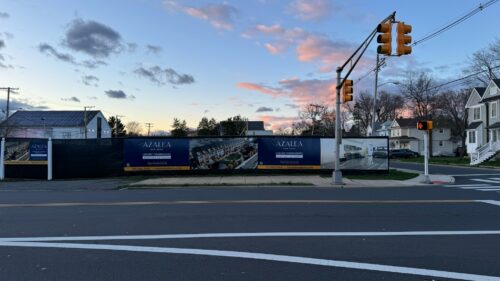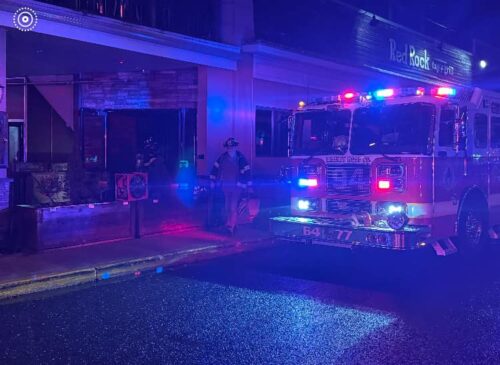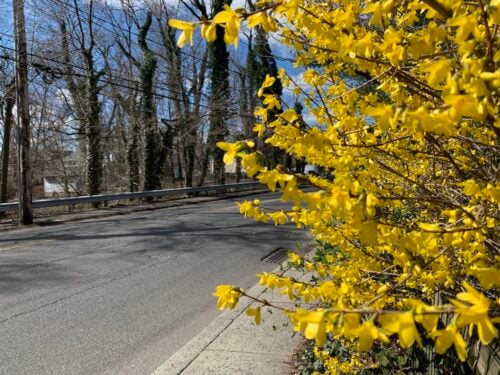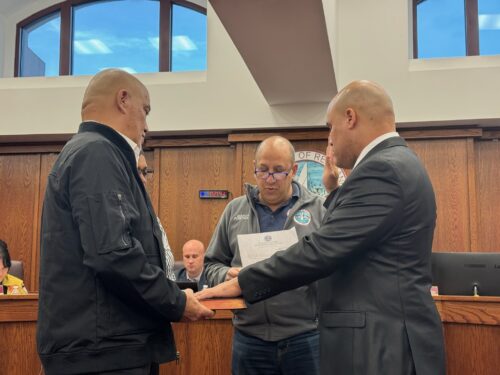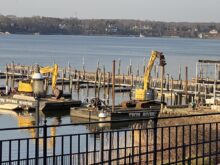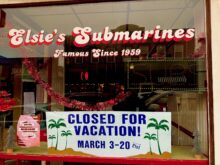
Wrapping up more than 18 months of Master Plan review, the Red Bank council Monday night approved the last of a series of zoning changes focused on encouraging multifamily residential development around the train station.
The unanimous OK by the all-Democrat body, with one member absent, came despite an unusual plea for reconsideration from a former council member, state Sen. Jennifer Beck, a 12th-district Republican who still lives in the borough.
“The proposal before you tonight goes against the character of Red Bank,” Beck told the council. Estimating that the new rules could result in up to 600 new residents in a six-square-block area, she added: “I’m not sure the infrastructure is in place, or existing residents are prepared to deal with, that kind of increase.”
The new, so-called train station overlay sets rules that would allow buildings up to 50 feet tall and densities of up to 35 dwelling units per acre, from the current 25.
Beck, who broke a Democratic stranglehold on the council in 1998 and served six years on the governing body before moving on to the Legislature as an Assembly member, said the district “really changes the quality of life” in the area.
GOP council candidate Kim Senkeleski was among three other residents who also spoke out against the change. She said that in her door-to-door campaigning, she had not met a single person who was in favor of it. Downtown property owner Bill Meyer said the plan “is probably a recipe for higher taxes, quite a change in the charm factor, and overall a negative” for the town.
Planning board vice chairman Dan Mancuso spoke in an effort, he said, to clear up some misunderstandings. One, he said, is that the overlay increases the potential heights of buildings, whereas in fact the ordinance reduces them from a current limit of 60 feet.
Mancuso also noted that while the density maximums were raised in the train station district, both density and height limits were reduced downtown in an effort to obviate the construction of any more structures like the Metropolitan condos on Wallace Street.
“Clearly, with mass transit options, if you’re going to encourage greater densities, [the station zone] is the place to do it,” he said.
Nancy Adams, executive director of Red Bank RiverCenter, which has been urging economic development westward along Monmouth Street from the downtown, also spoke in favor of the change.
Mayor Pasquale Menna, responding to concerns raised by Beck that the new zone would be akin to a “transit village” of the kind that has led to massive development around stations in towns such as Rahway, said it was not. It’s too “small scale” to meet the “classic, New Jersey Transit” definition, which might open the door to massive redevelopment in the area, he said.
“We are unalterably opposed to that,” he said. “This is a localized effort.”
In response to an assertion by Senkeleski that it could serve as a stepping stone to a transit village, Menna replied that such development would require a massing of properties under single ownership via taking by eminent domain, something the council has flatly forbidden by ordinance.
After some wrangling between government officials and resident Steve Fitzpatrick over the legibility of a map, the council also approved a new affordable housing zone.
Here’s the train station overlay ordinance: 2009-39 And here’s a map: 2009-39maps
Here’s the affordable housing zone ordinance: 2009-46ordinance



